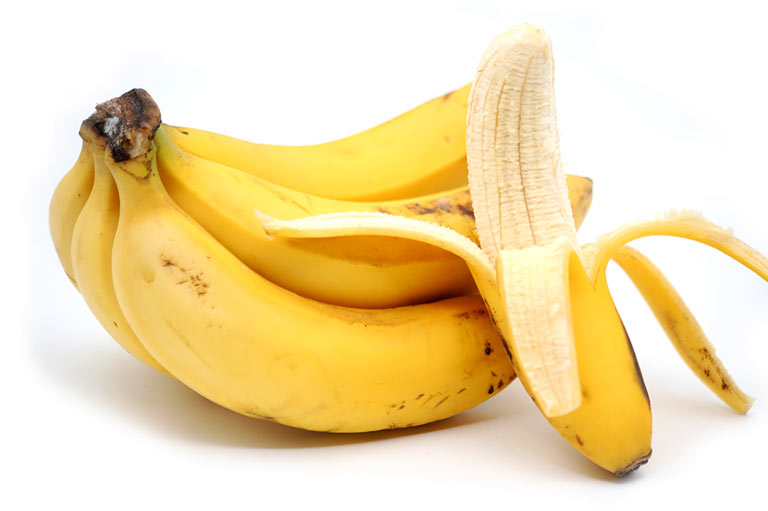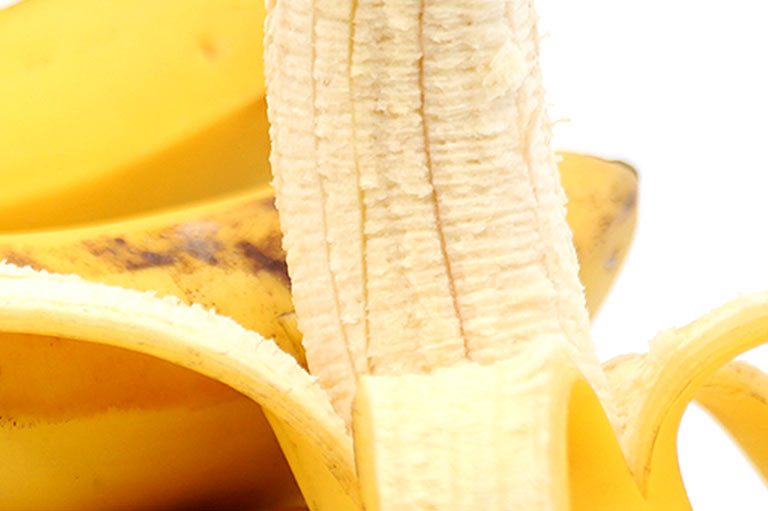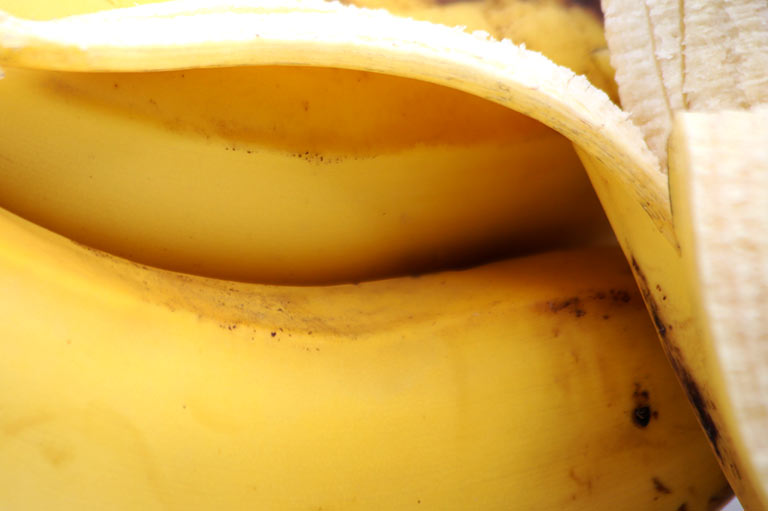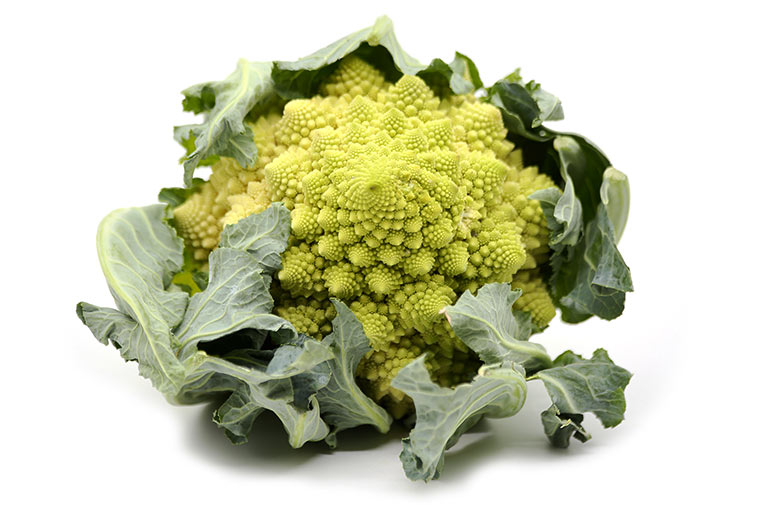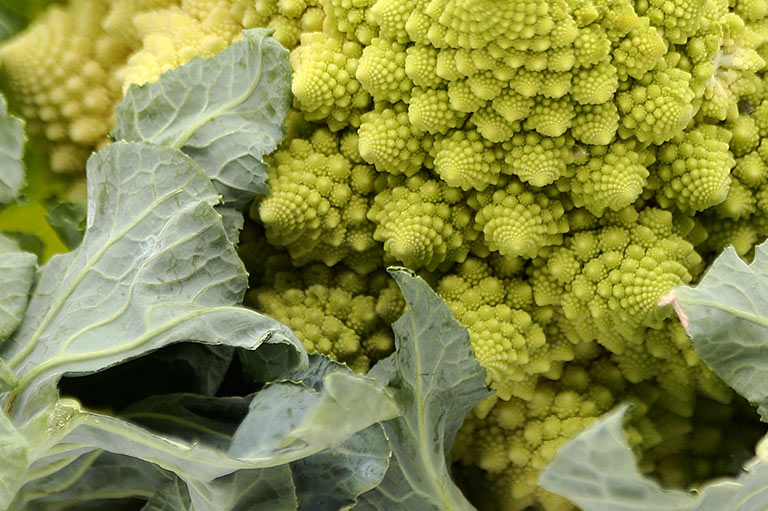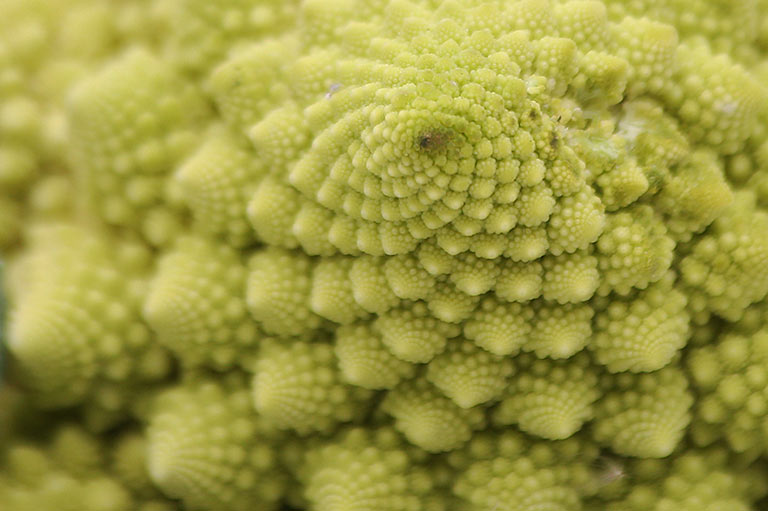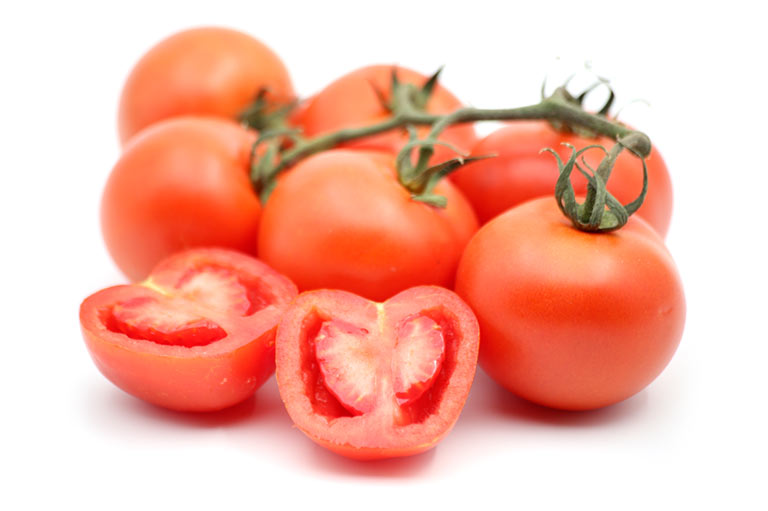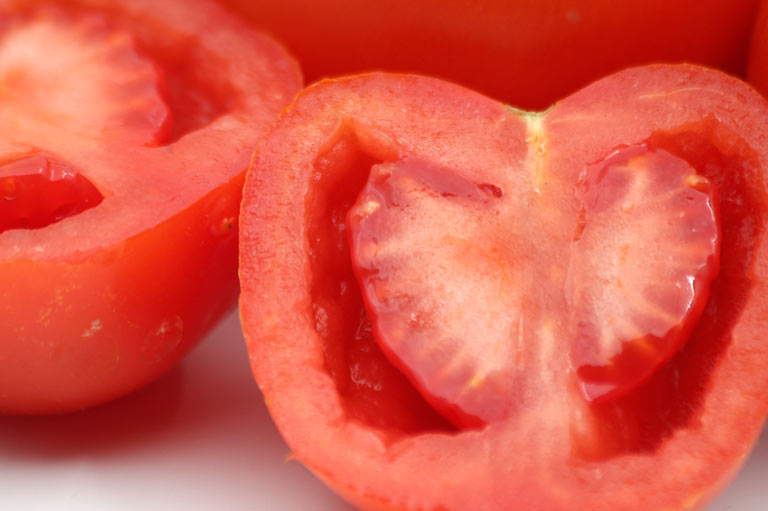January
NO CONTENT YET
NO CONTENT YET
Banana
Available all year
We work with producers who grow the plátano canario, or Canary Islands banana; a variety first brought to Spain by Portuguese explorers and traders in the 15th century. While it is related to other bananas you might find coming from India, South America or China, it has its own distinct qualities, and it is the only banana with Europe’s Protected Geographical Indication (PGI) seal, guaranteeing both its origin and quality.
The Canary Islands banana is smaller and has a more curved shape than common bananas, a darker and sweeter pulp, and gives off a more intense smell due to its characteristic aromatic compounds. It also contains fewer calories than other bananas (approximately 90 kcal/100 grams, compared to 110 kcal/100 grams).
But the main difference between the Canary Islands banana and other varieties is the most obvious: its origin. The volcanic soils of Tenerife, La Palma and Gran Canaria are high in minerals like potassium, magnesium and phosphorus, giving our bananas some unique nutritional benefits. A subtropical climate helps them reach maturity more gradually, improving texture and flavour. And where a banana from South America will typically be harvested up to 45 days before sale, plátano canario can be delivered to our customers within 7 days, with much lower transport costs and carbon emissions.
Romanesco
Available January – March
Although it is sometimes called “romanesco broccoli” and is considered as being similar to broccoli for the purposes of cooking, the romanesco is actually classified in botanical terms as a variety of Italian green cauliflower. It shares its dense texture with cauliflower, but shows more similarity with broccoli in its mild, nutty flavour. In terms of nutritional value, romanesco is somewhere in the middle, being low in calories, protein, carbohydrates and fat, but a good source of fibre and vitamins C and K (a 100 gram serving provides 100% of the recommend daily amount of vitamin C).
Raw, romanesco can be chopped into salads or used as a crudité, accompanied by vinaigrette or a dipping sauce (wash it well and soak it for a while before making the salad, to get any traces of soil out of the small, cone-shaped florets). You can also steam and serve it with pasta, stir fry it quickly to keep it crunchy and preserve its nutrients, or roast it slowly, drizzled with olive oil and salt.
Romanesco is one of the best examples of mathematics in nature! It is also called the ‘fractal cabbage’, its unique appearance showing striking spirals that follow the same Fibonacci sequence that can also be found in sunflowers, shells and snowflakes.
Vine Tomato
Available all year
Vine tomatoes are characterised by an intense red colour, small size and a sweeter taste than most other tomatoes. They also ripen fully after the vine is cut from the main plant, making them a perfect choice for harvesting and transporting in good condition.
Thanks to their thin skin and juicy character, vine tomatoes are one of the most popular varieties used in making the simple dish “pan con tomate” (known as “pa amb tomàquet” in Catalonia), or due to their small size and sweet flavour they are also often used in salads, as a snack, or as a garnish.
Including tomatoes in a varied diet provides the body with essential nutrients like potassium, vitamin K and B vitamins, and they offer a range of other health benefits. Packed with antioxidants such as lycopene, beta-carotene and vitamin C, they play a role in safeguarding cells against free radical damage, and can help with reducing blood pressure and maintaining healthy skin and eyes. A high water content means they are a hydrating fruit, and with a low calorie count and high fibre content they support digestive health and can assist with weight management.
